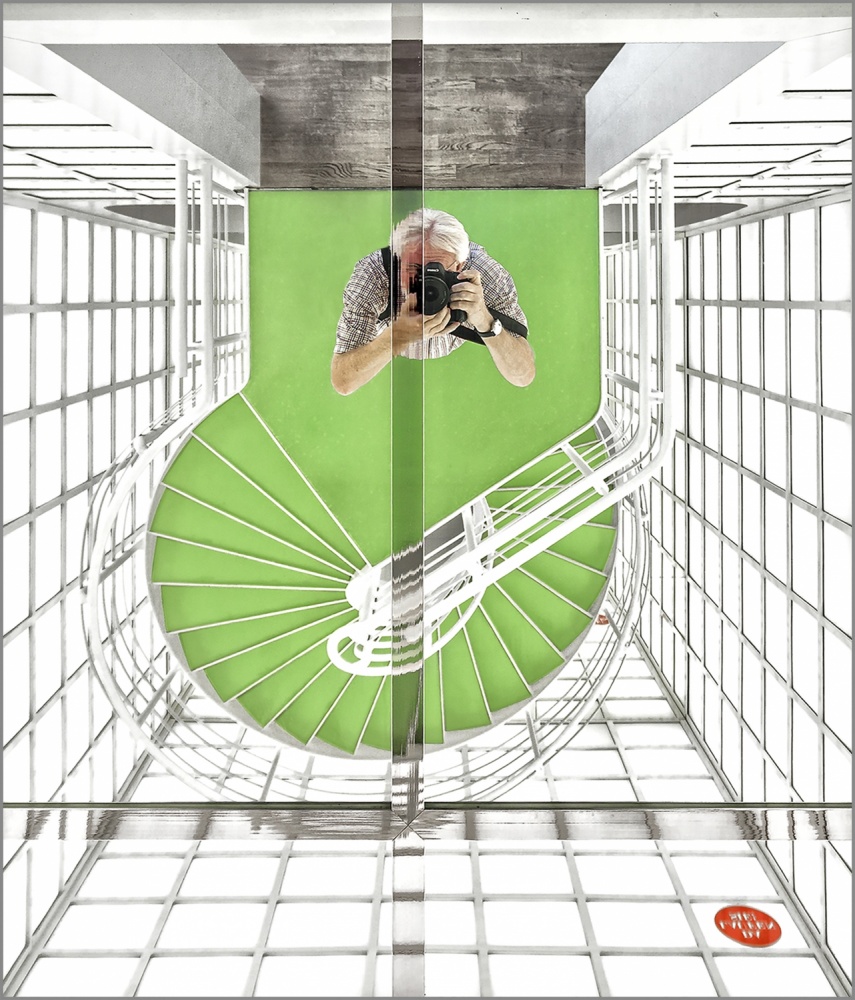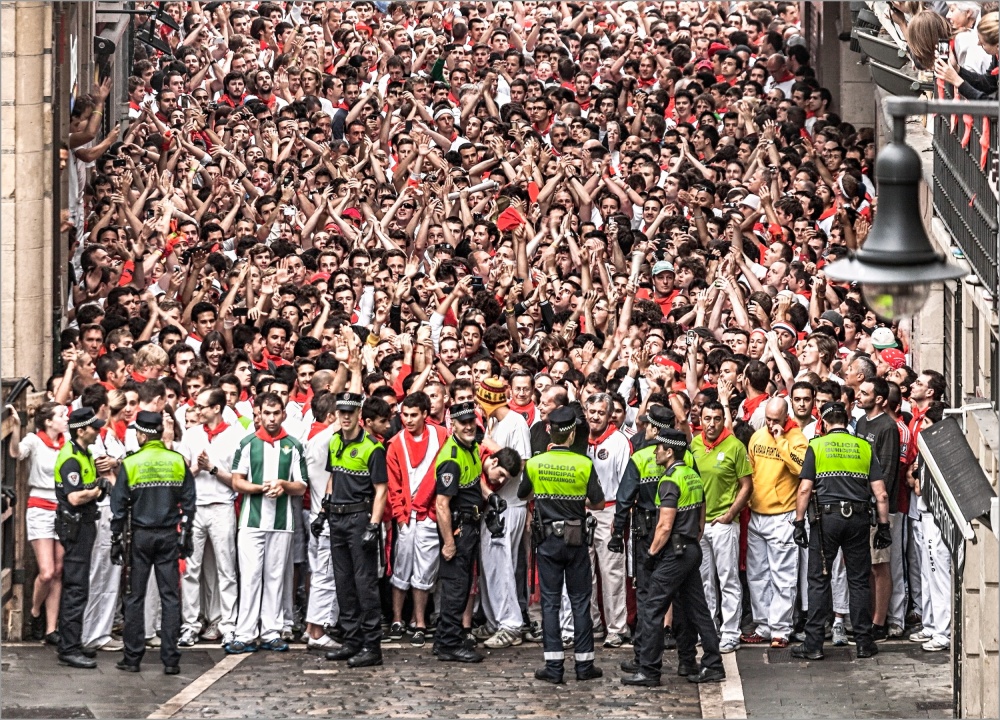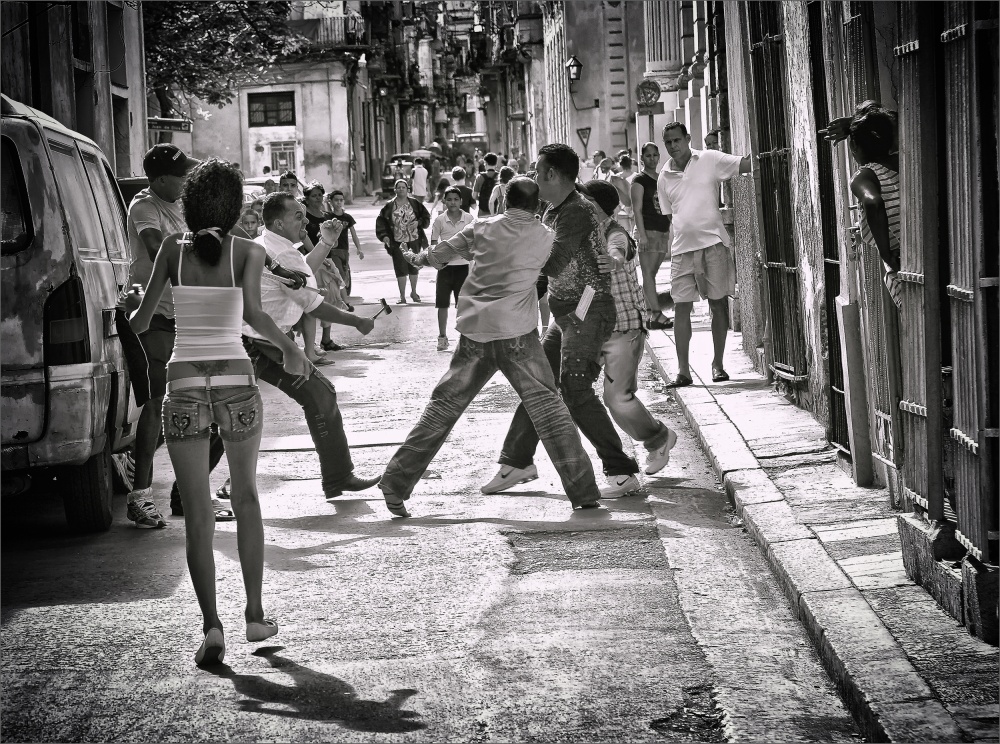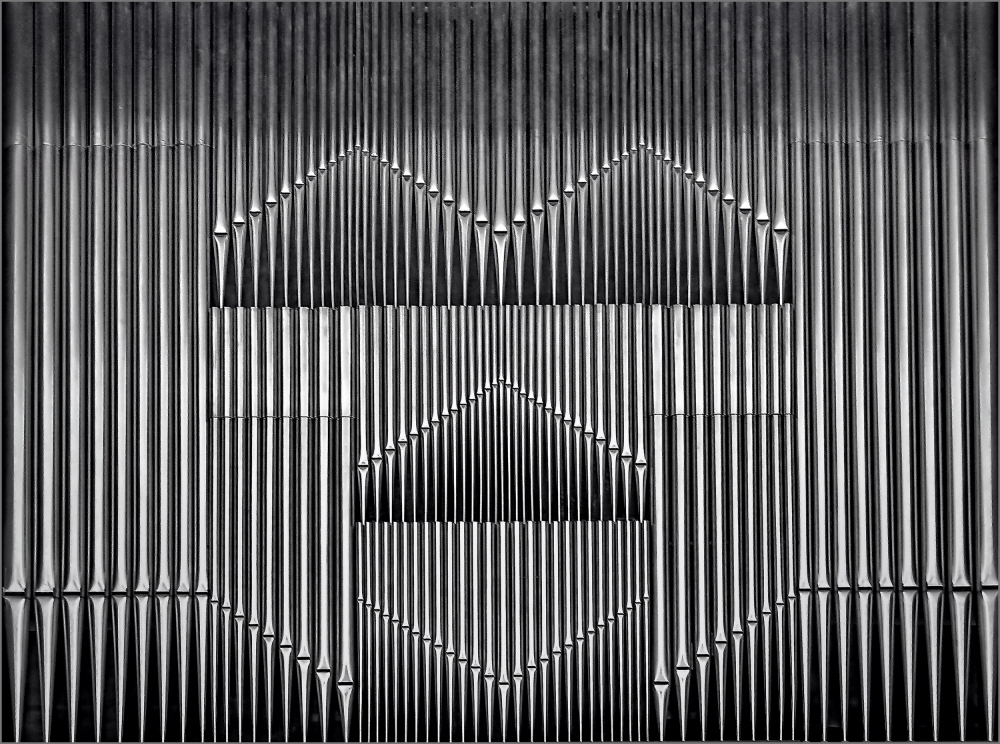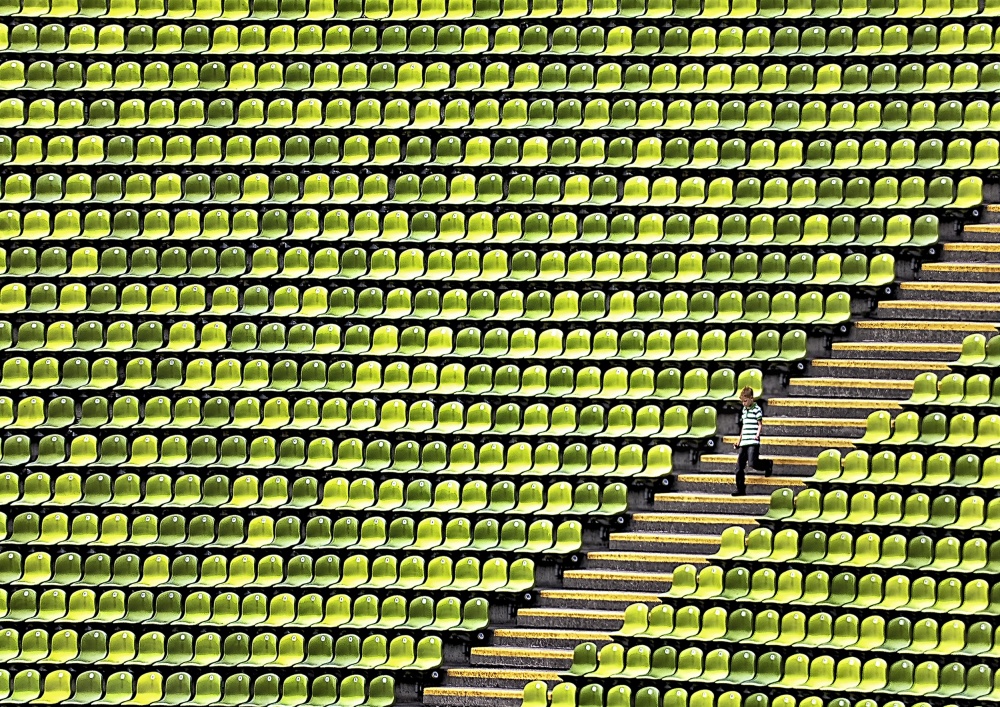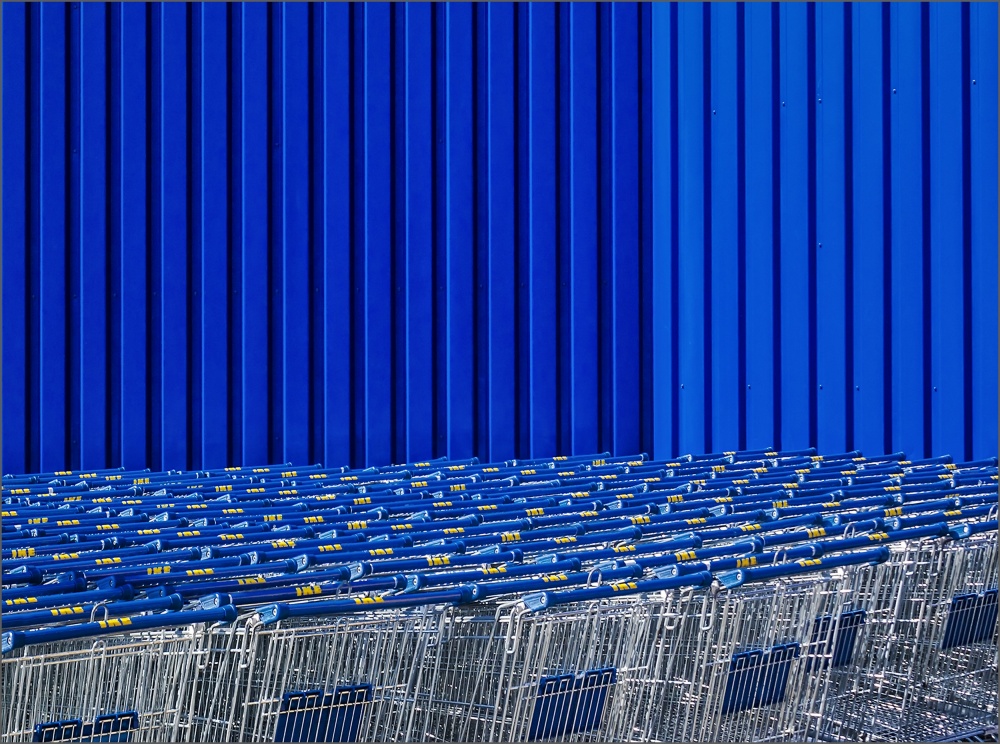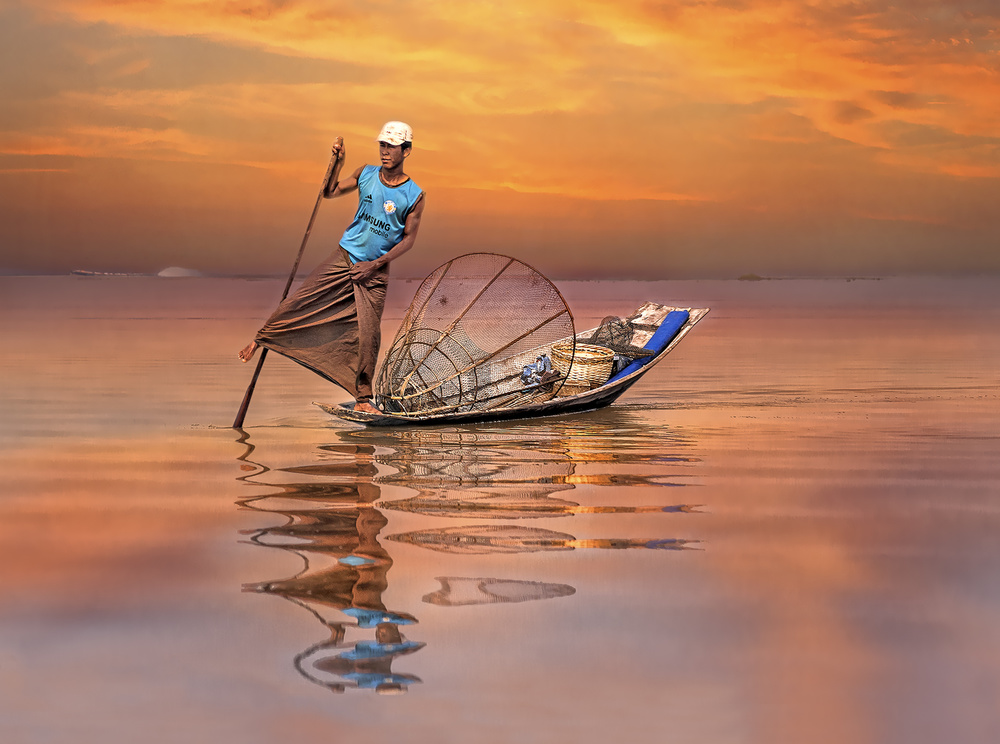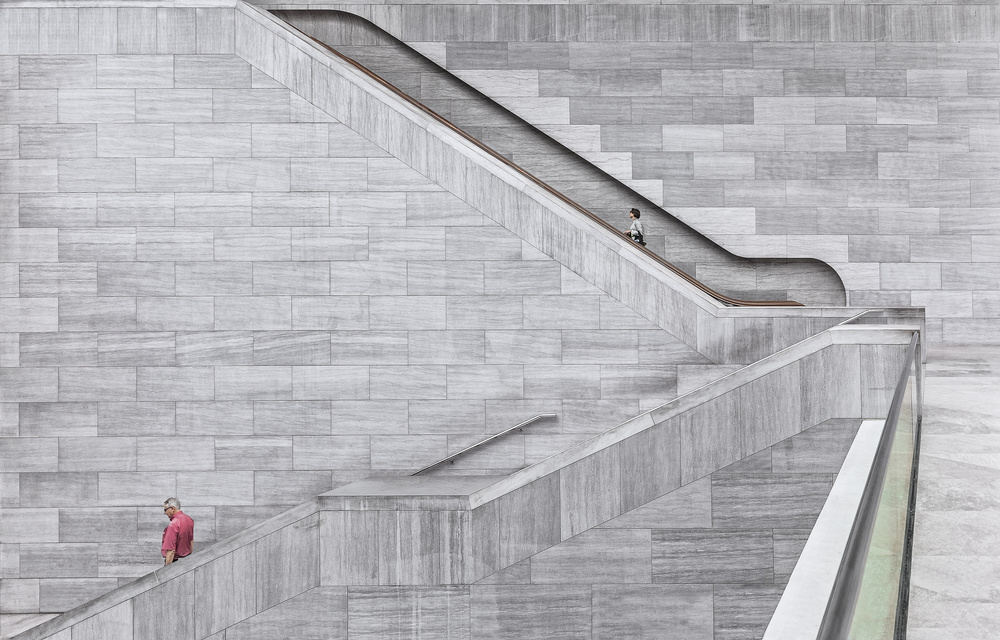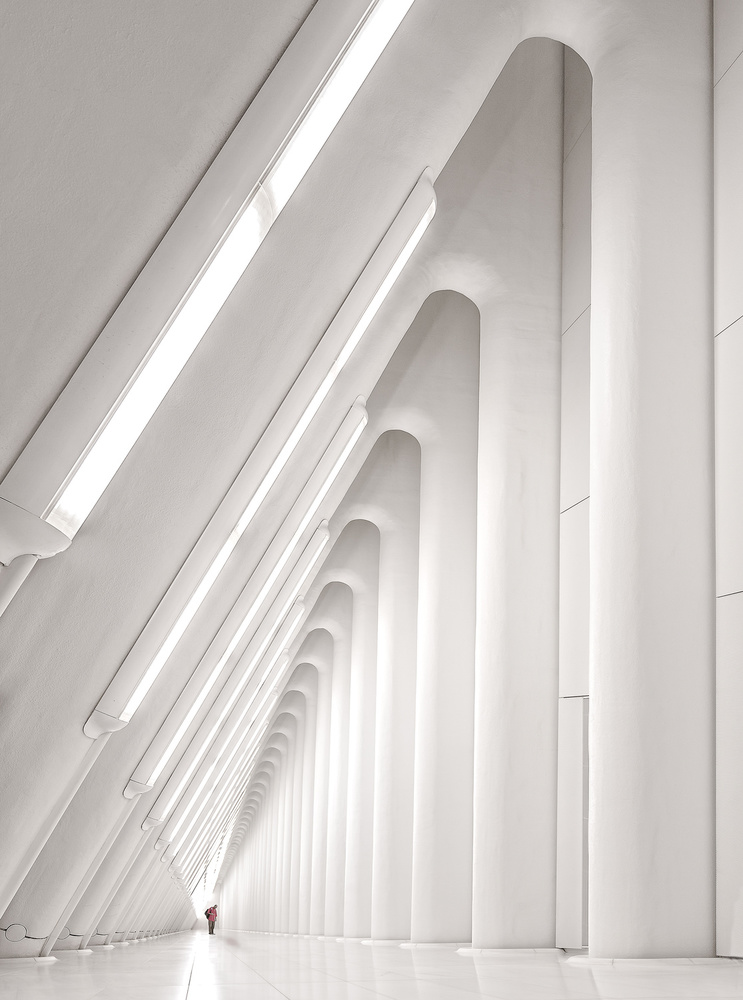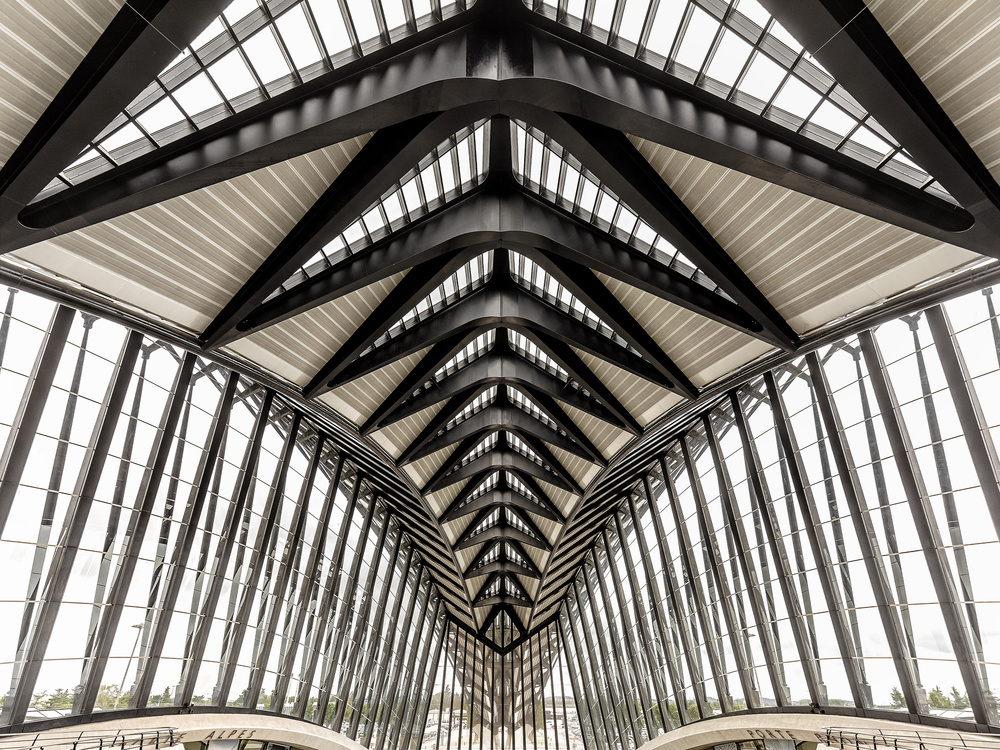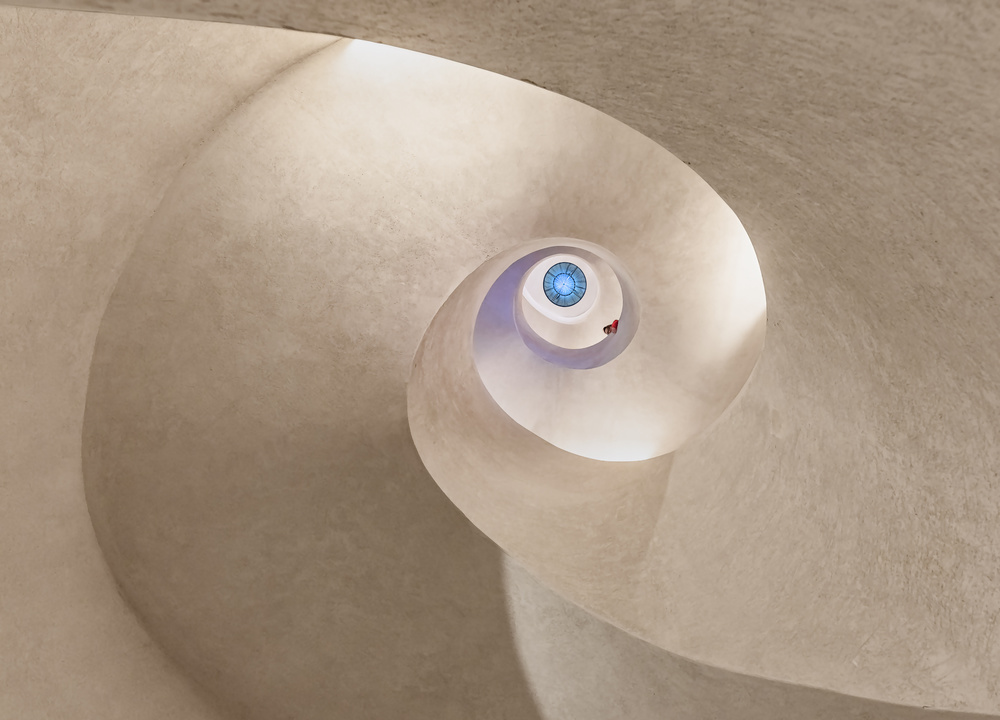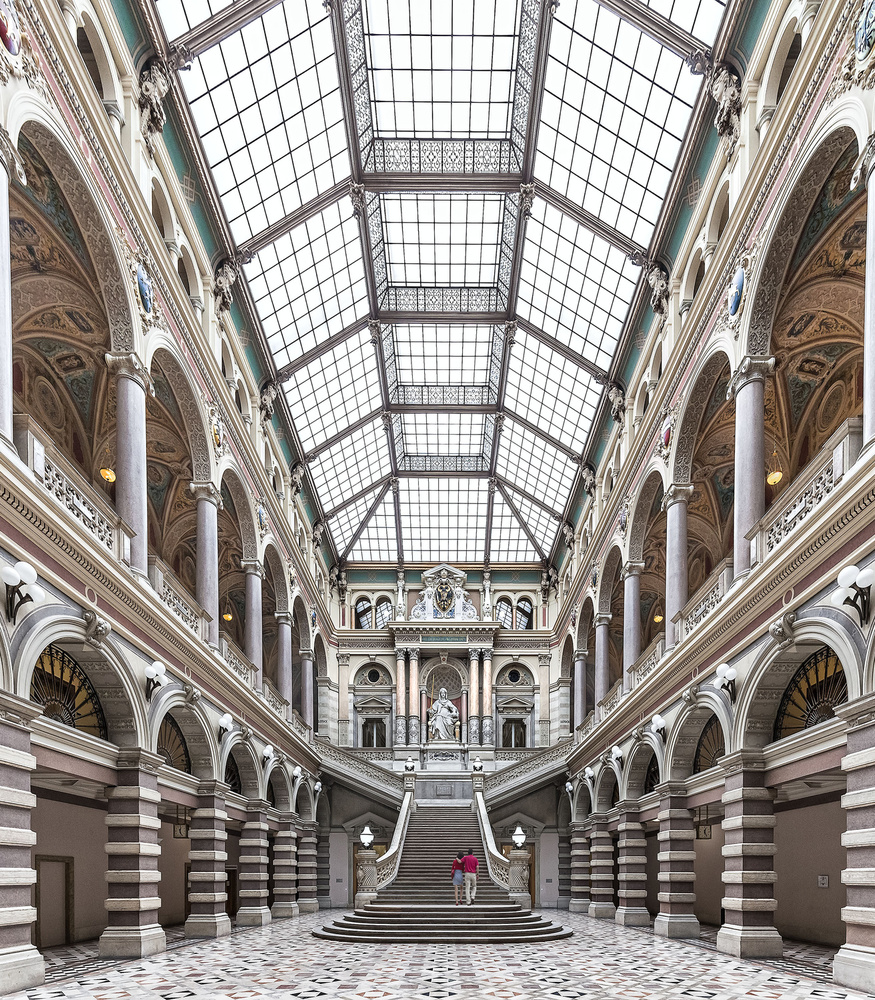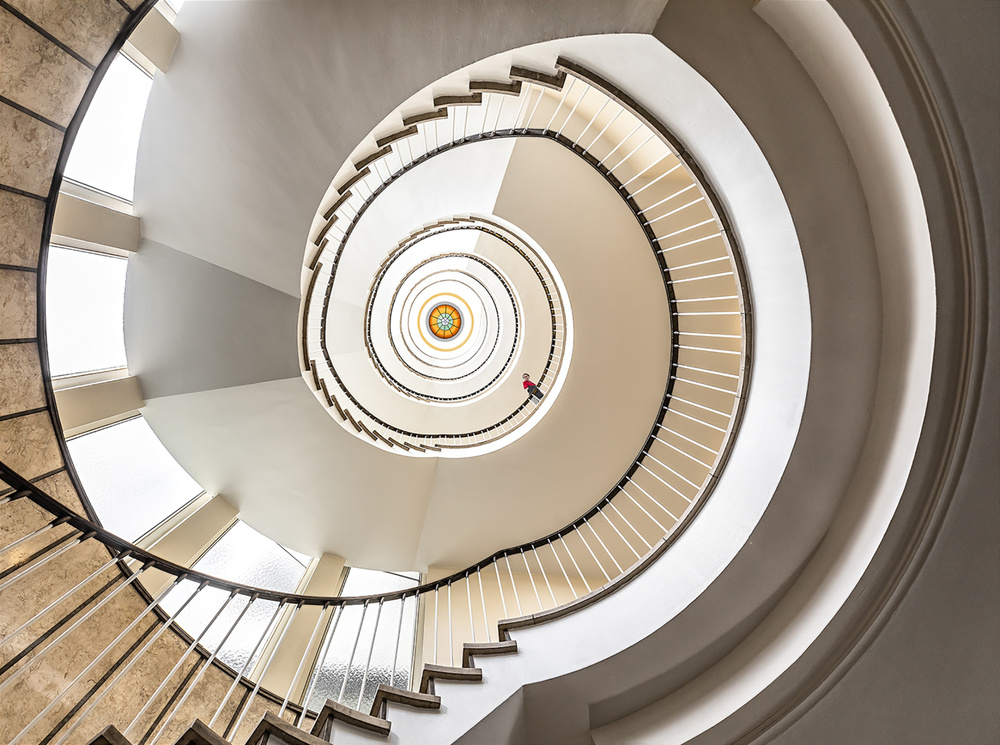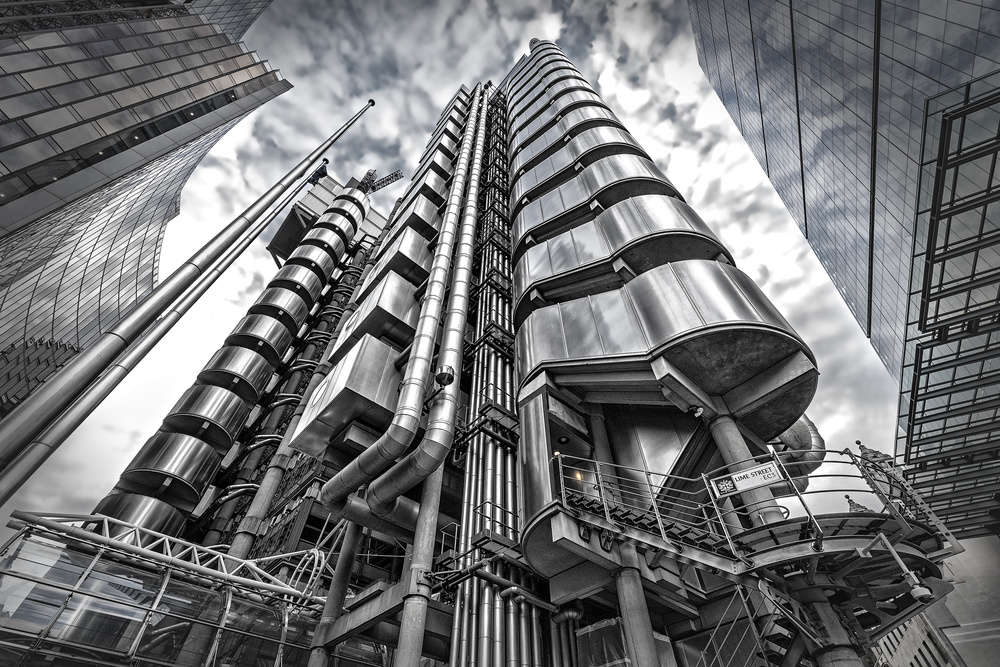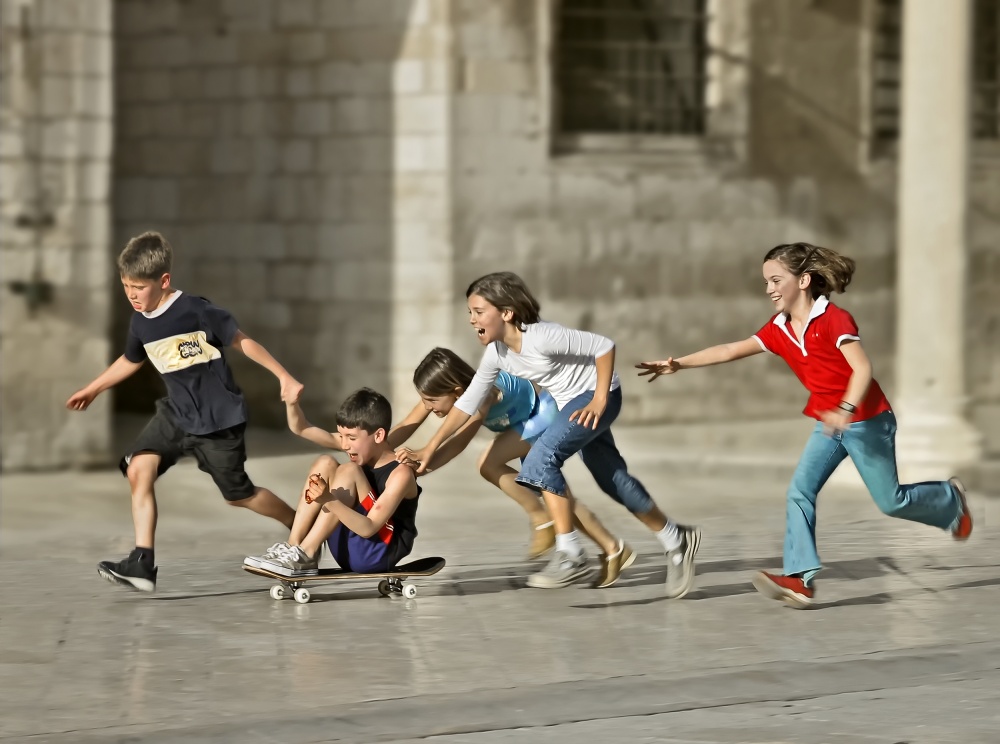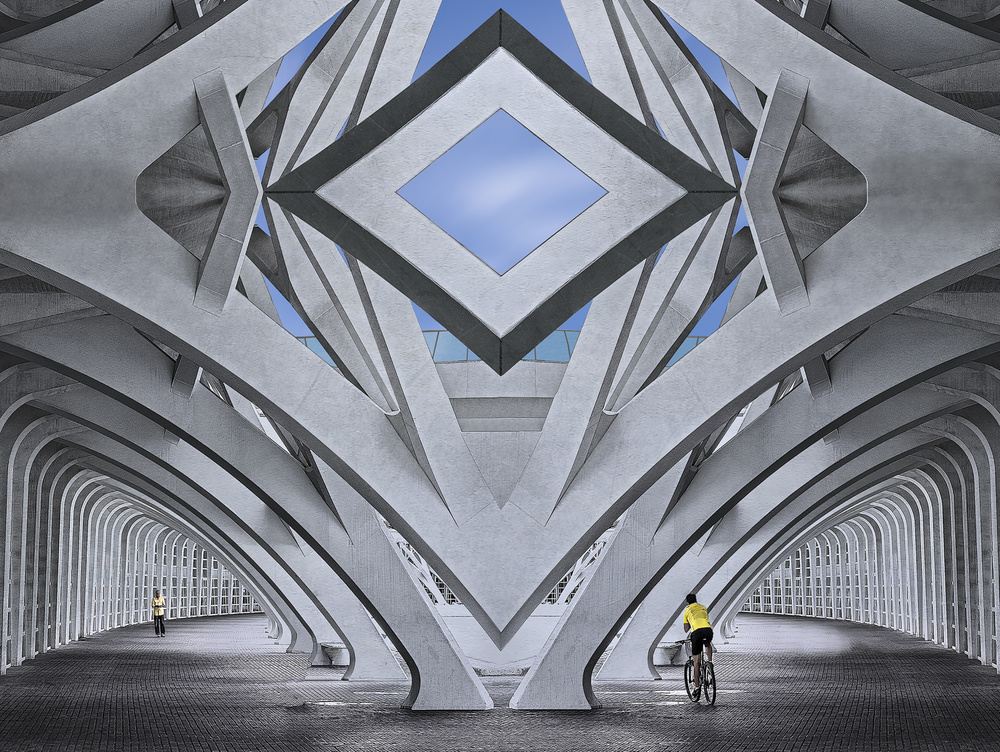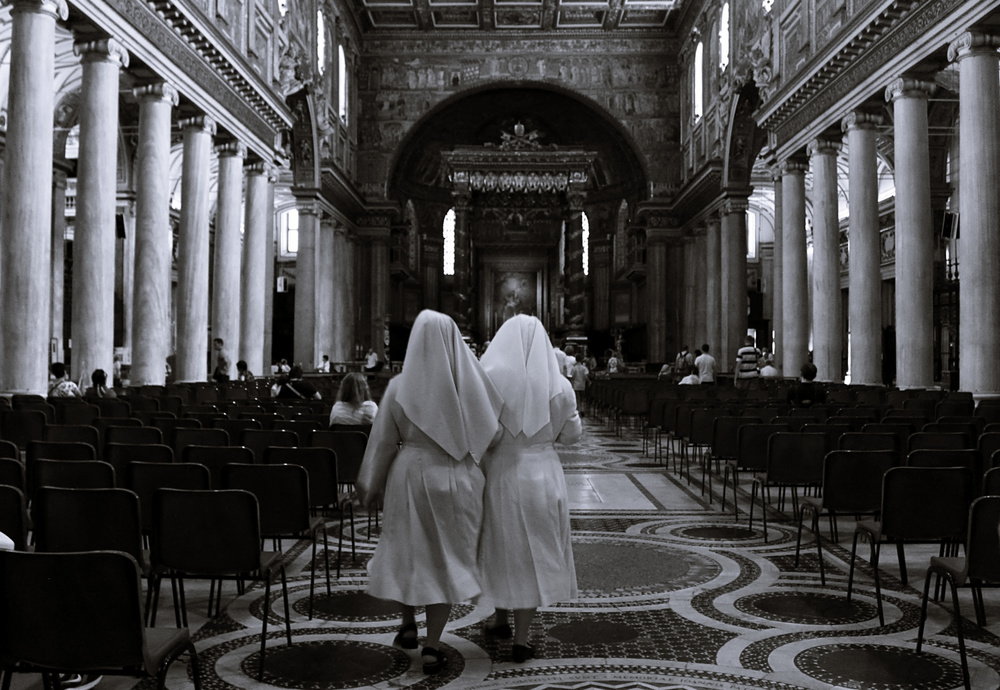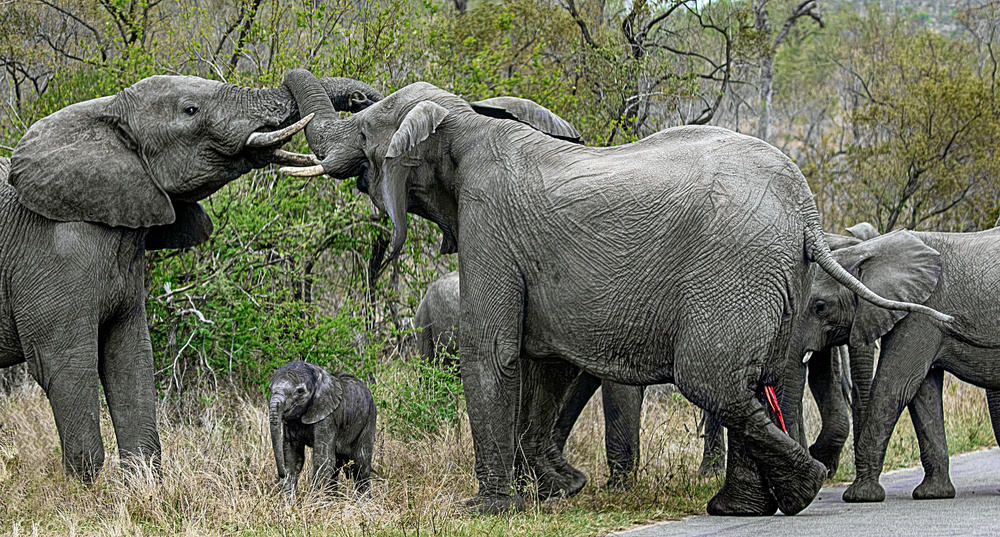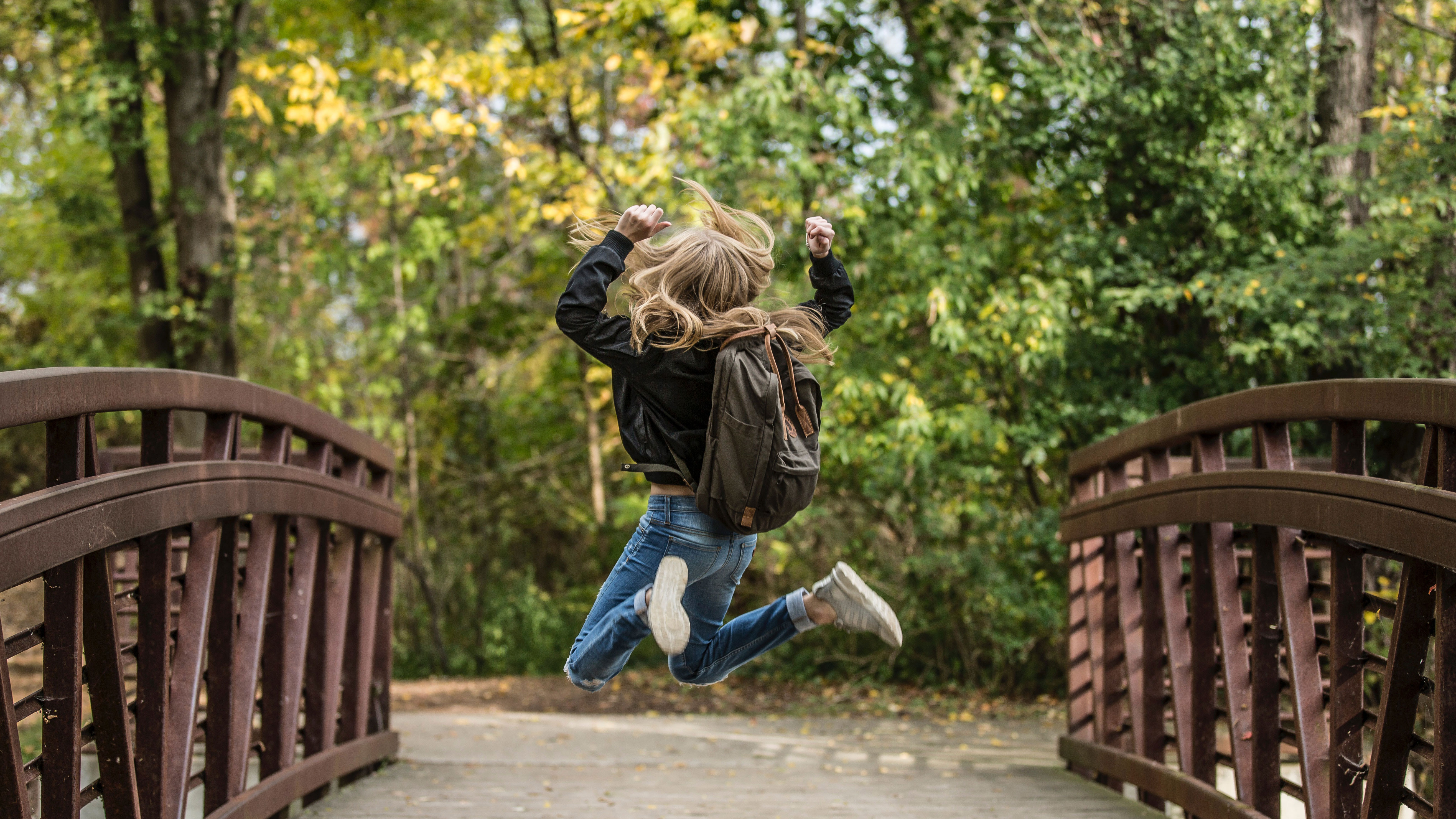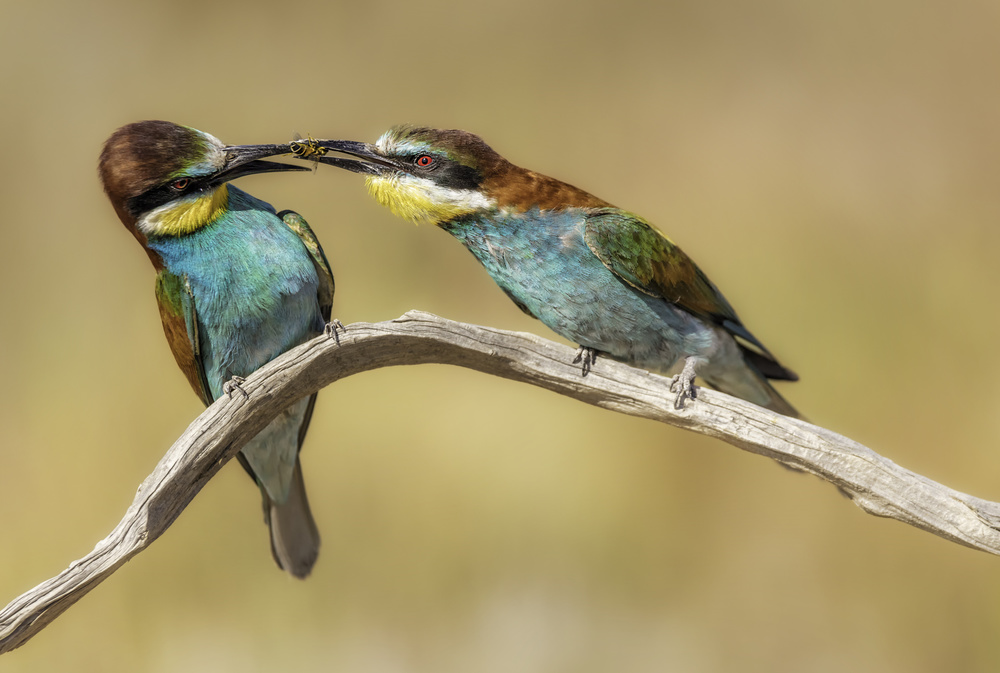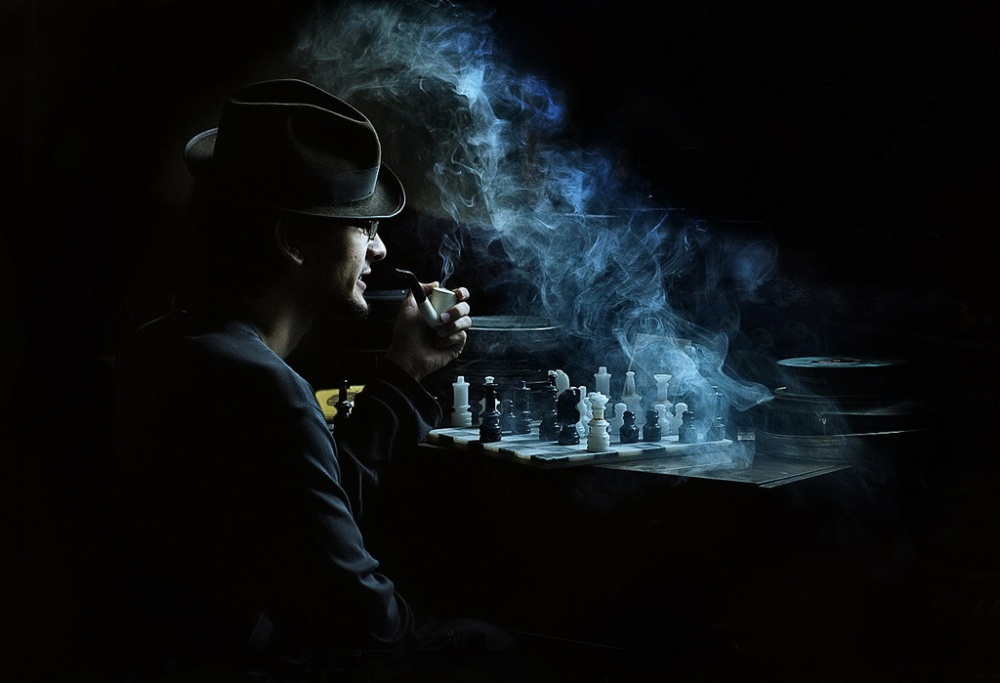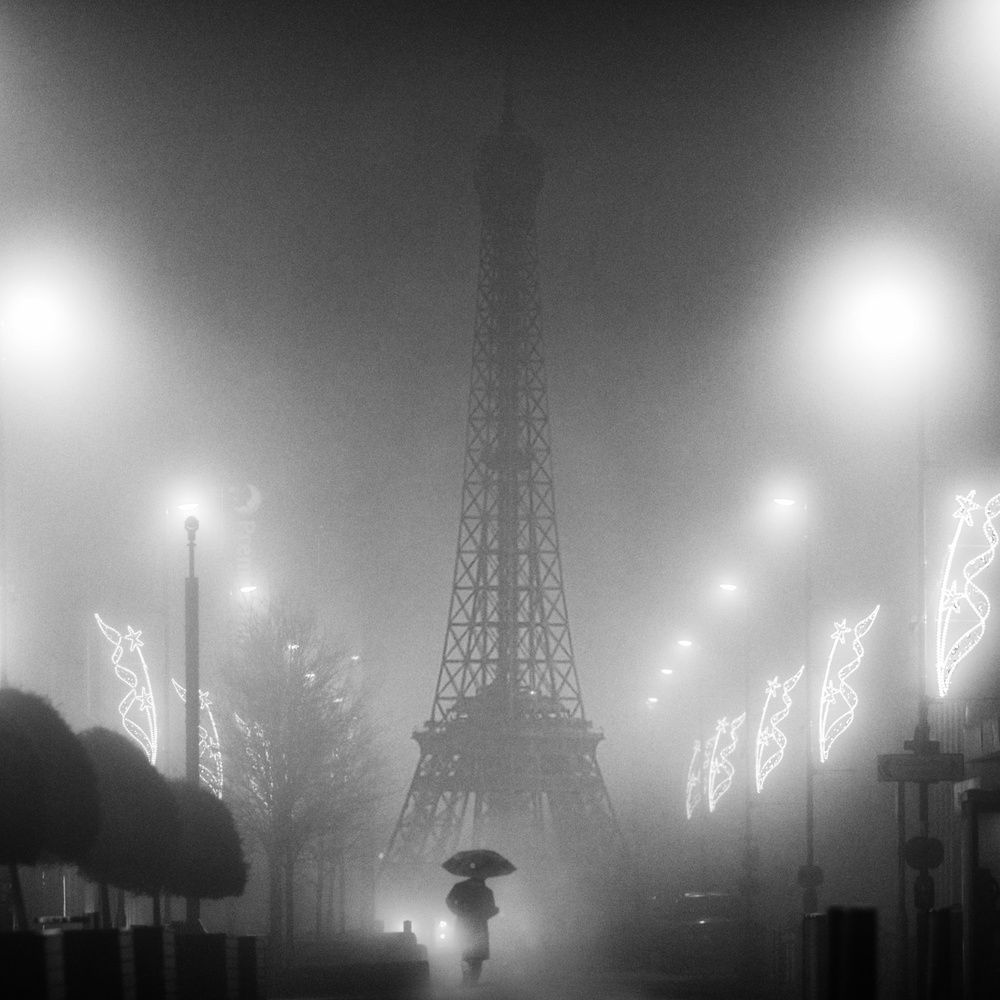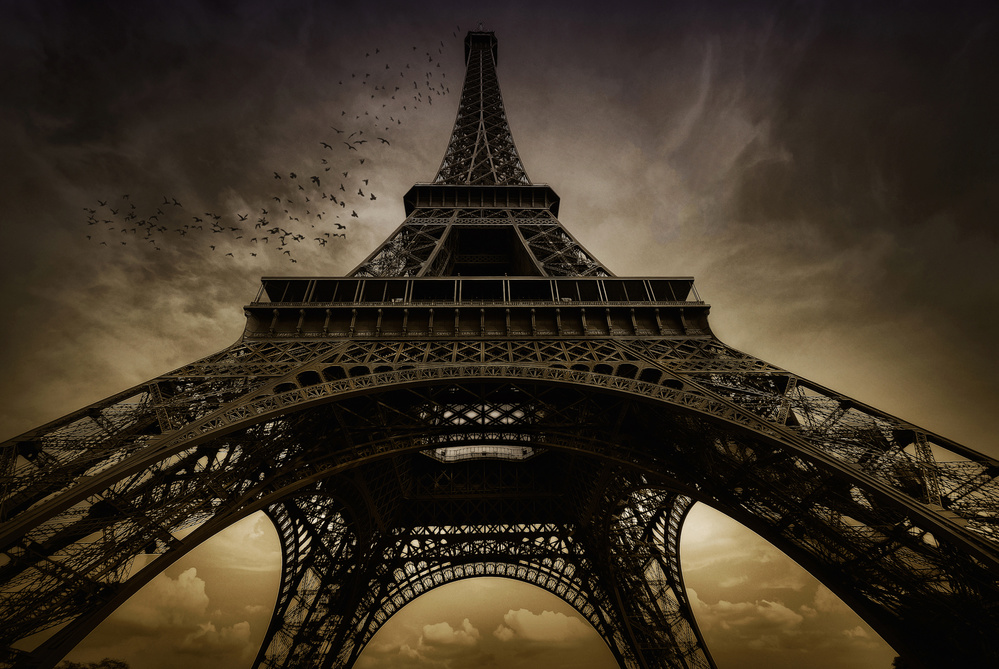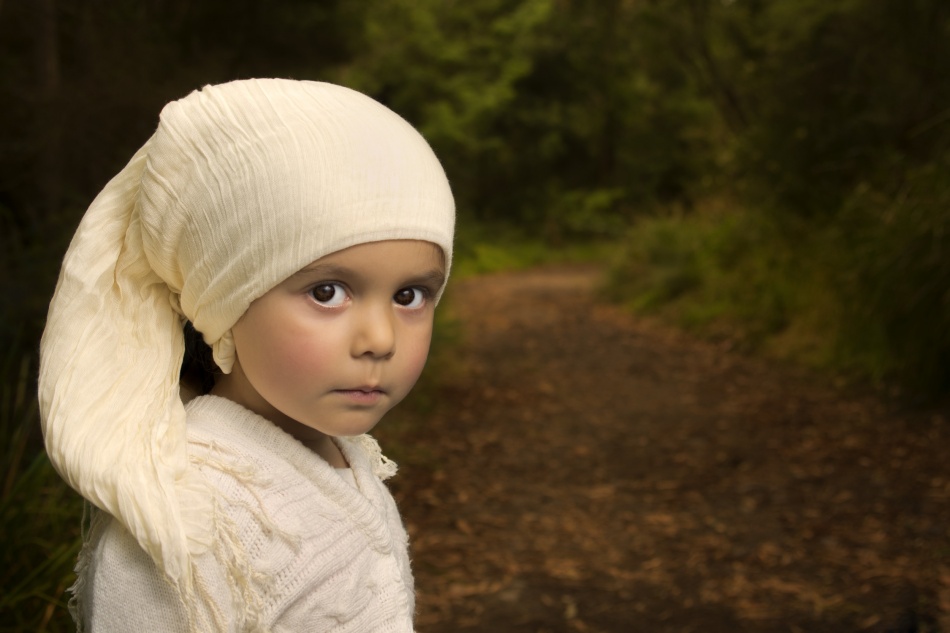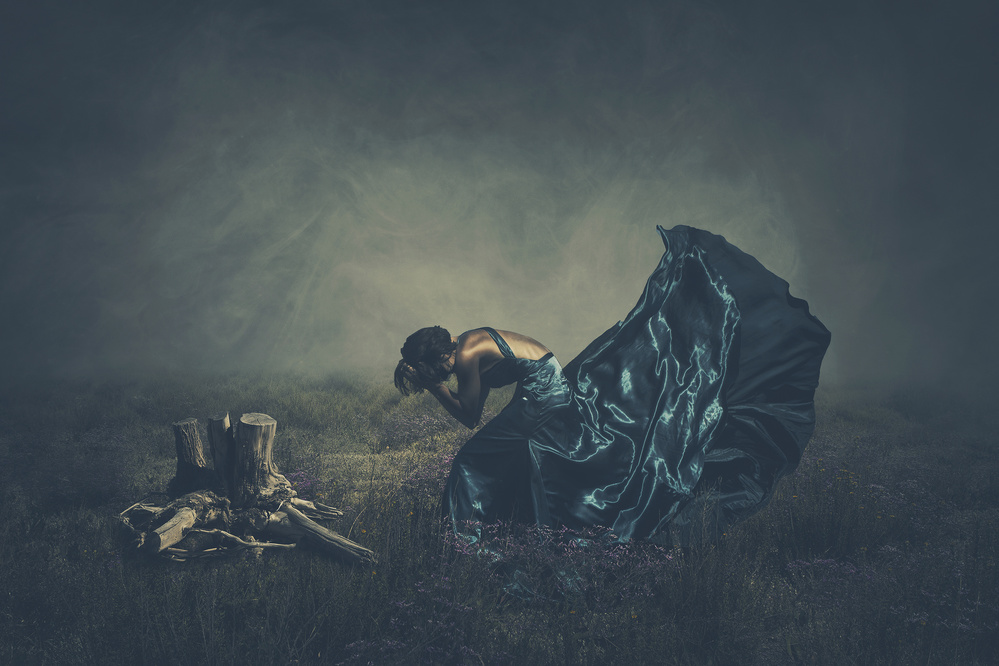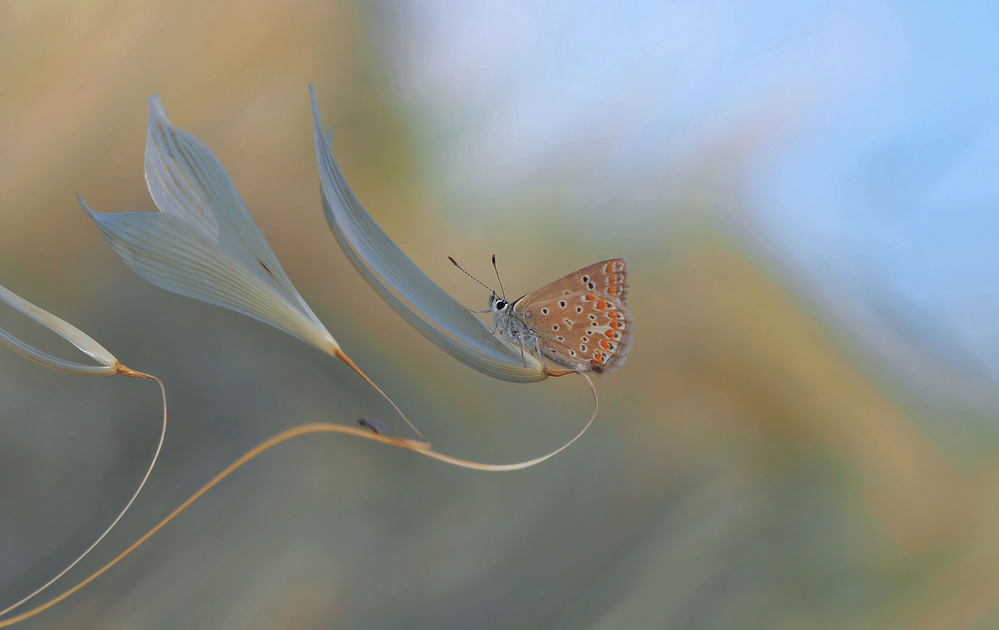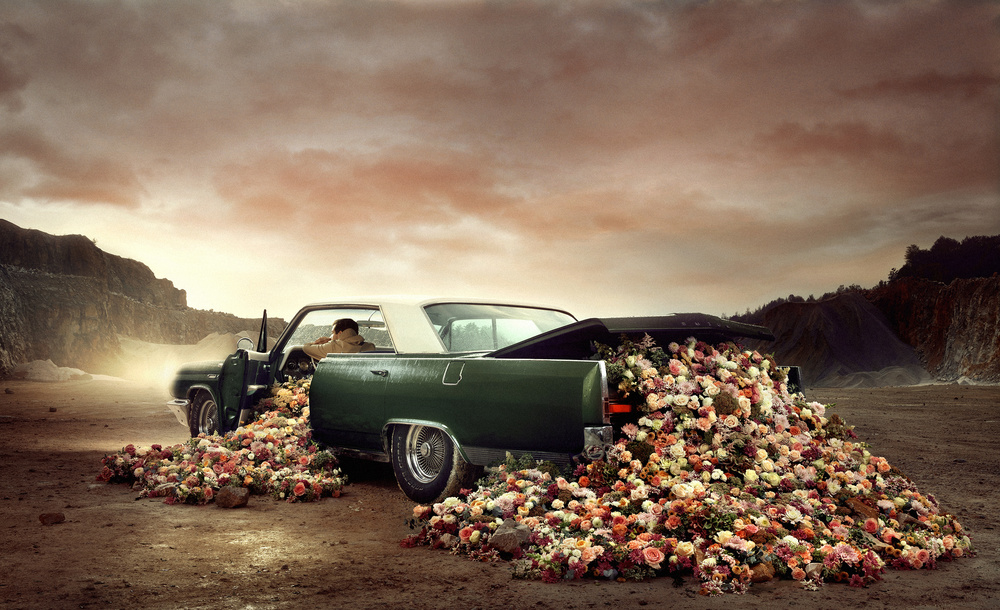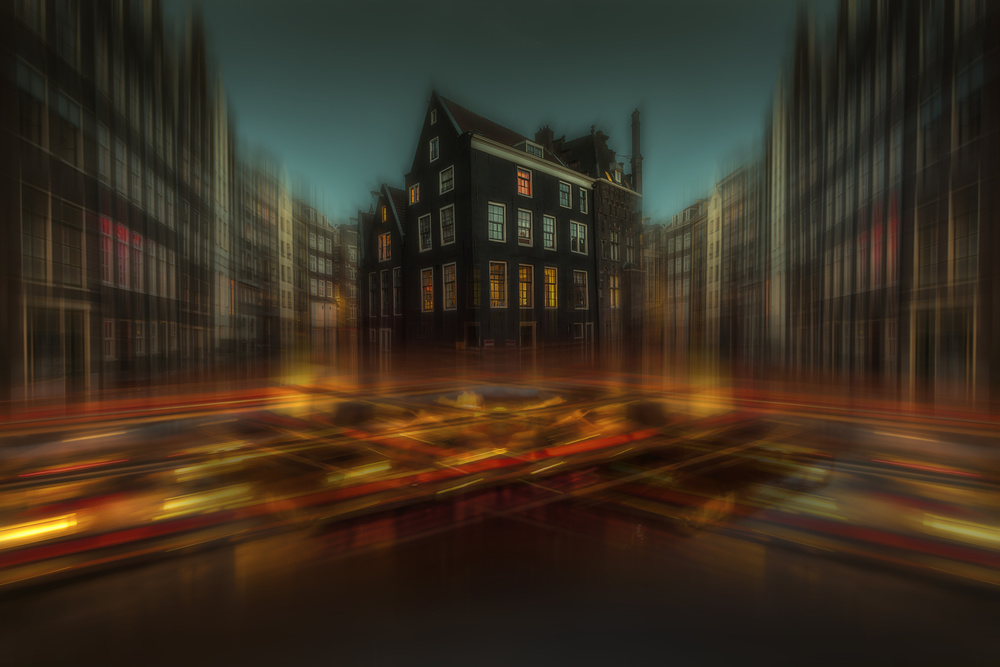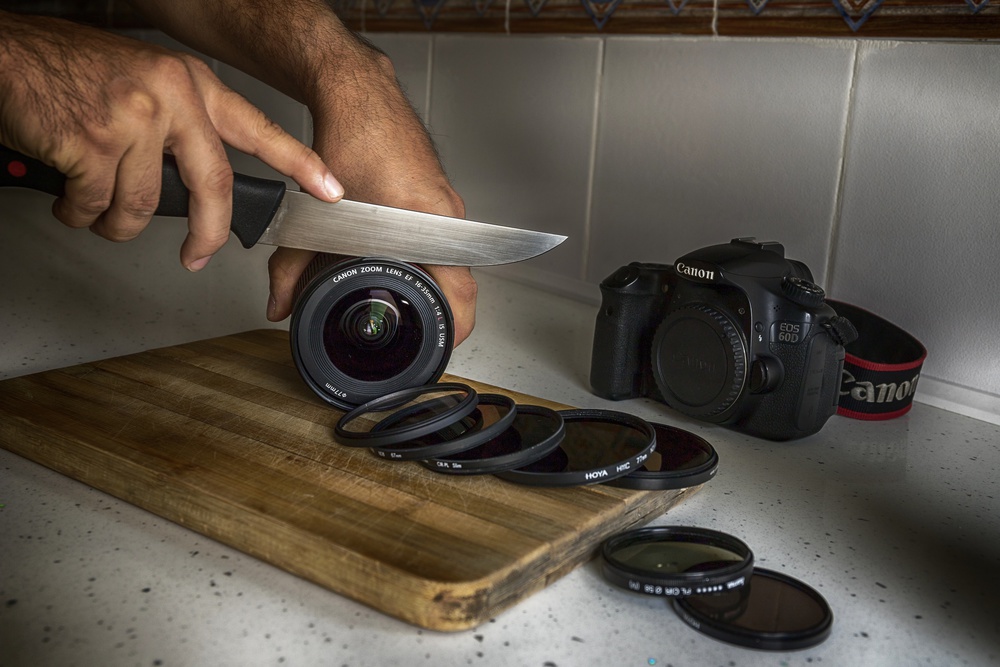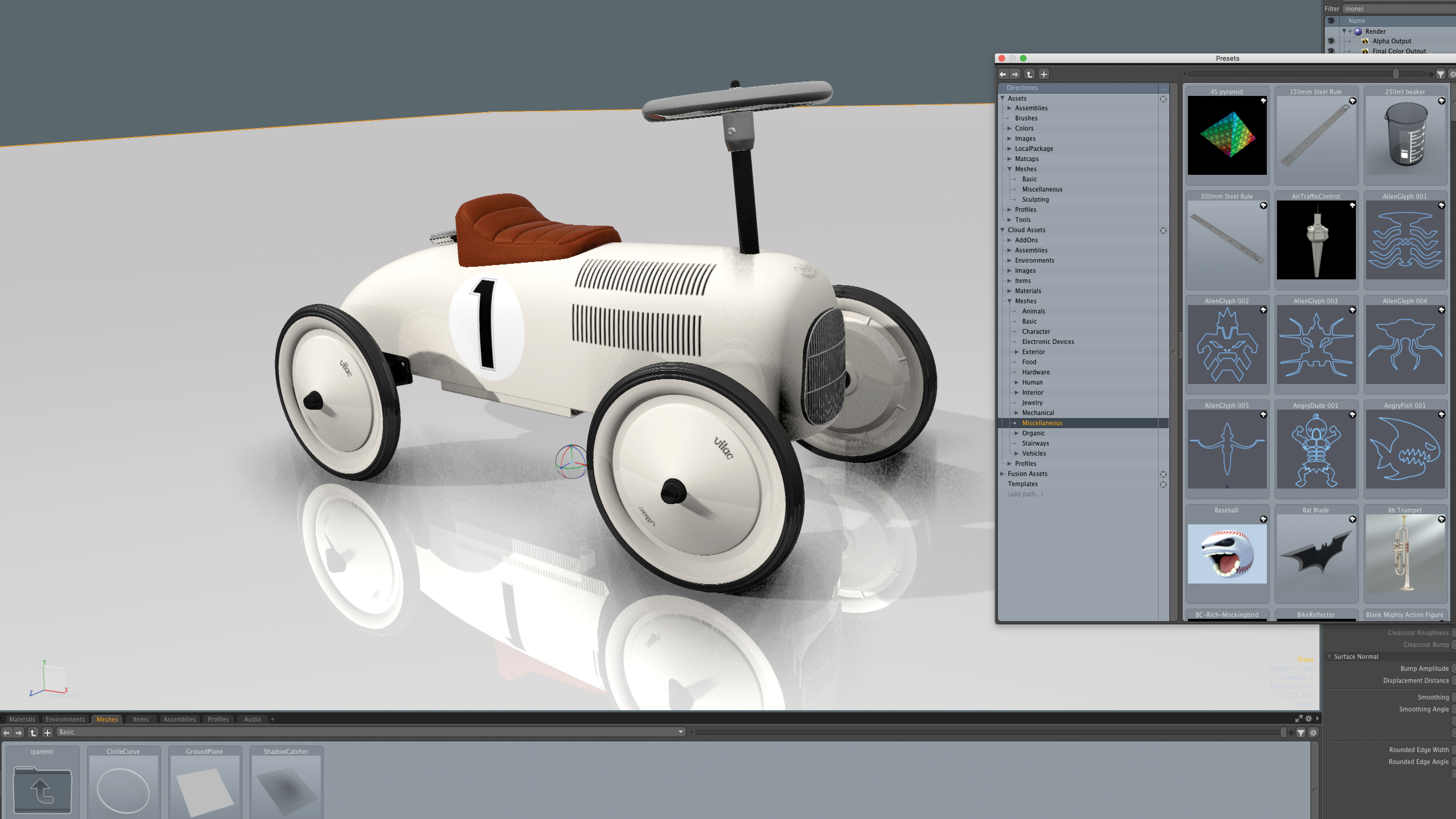Contests
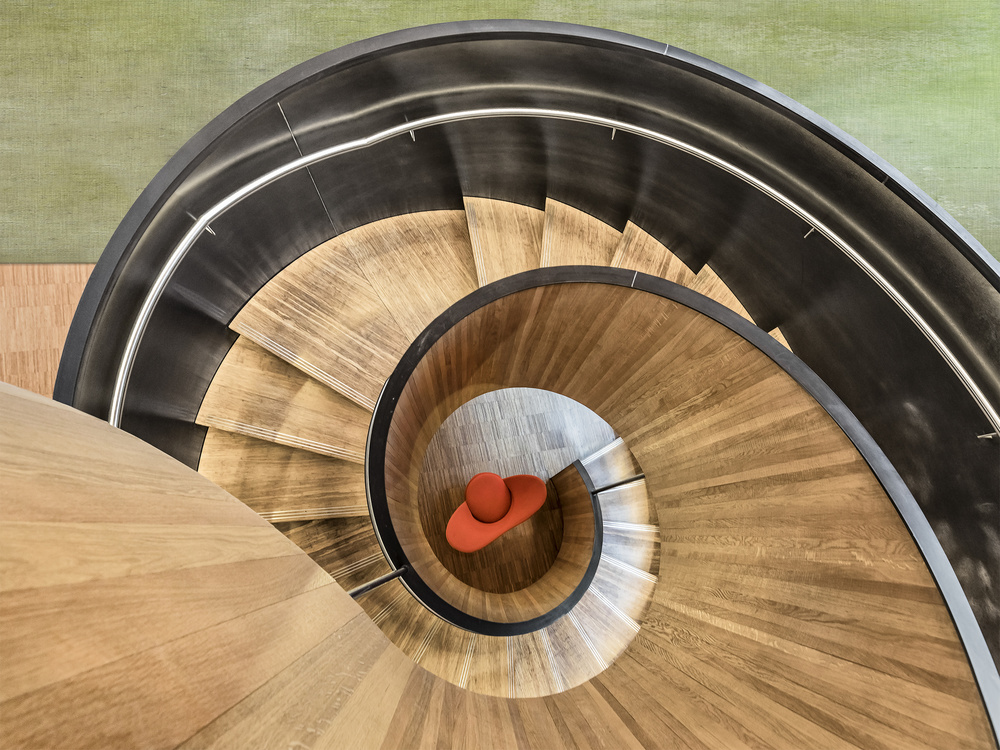
Herbert A. Franke: Photographer of the week
1x Blog ContestsHerbert A. Franke describes himself as a “photographic craftsman”. Photography is part of his life and he loves to capture beautiful things we all can experience every day. Herbert continuously aims to increase his skills especially in the category “Abstract & Architecture”. Let's discover more about this humble but talented photographer and the personality behind his work.
Briefly tell us about yourself, your hobbies and other jobs.
I have learned the profession of industrial clerk. Since 2005 I am retired.
I have been photographing since 1968, but first only to document my holidays.
It was only in the late 70s that I became more seriously involved in photography, when I took classes I at The Adult Education Center and started to develop my own film and photos.
How has your history and life experiences affected your photography?
In the course of my life, I have been dealing with photography for many decades and my interest and my passion for my hobby has grown, but also my ambition to take good pictures.
Which are your most important experiences that have influenced your art?
There are so many other photographers who take fantastic and very good photos. I want to classify my photographic work ,that I love very much and that gives me a lot of joy not necessarily as art. I see myself more as a photographic craftsman. But photography has become part of my life and has also shaped my life in a certain way, in that photography opened my eyes for the beautiful things that we can experience every day. Also, I was a member of a group of artists for 28 years. That time has shaped my photographic work very much.
What first attracted you to photography?
To bring my own vacation pictures home and not to have to buy postcards. In the beginning I had a camera where you had to set time, aperture and focus. Which was not always easy without experience and also led to some disappointments. Then I started to record the set values for every picture and after the film was developed I had to compare the result with my settings. That was very exciting to analyse, why my picture had become nothing, or why it was good. But I quickly put that on a more secure footing, in that I attended courses at the community college. From then on, it was much easier.
Describe your overall photographic vision.
At the very beginning I developed my films and pictures in my own darkroom. But since changing over to digital photography, I do not have to do that any more. Everything has become so much easier. My photographic work has also developed considerably as a result. No more chemicals in which one must dip ones hands. Above all, I do not have to finish my pictures immediately. The computer gives me the opportunity to say "save as" and the next day I can continue working on my picture. Everything without stress. I do not want to miss the digital photography and image editing any more despite any nostalgia.
Why are you so drawn by Abstract & Architecture Photography?
At the beginning the travel photography (other countries, other people) was my passion. But at some point, around the year 2006, that changed. During a visit to a Swedish furniture store in Germany, I discovered a motif that fascinated me and I photographed it, and I found that I had succeeded quite well. That was my first "architectural photo". I gave the picture the title "Elk-Blue". It has only one main colour (blue) and few other colours (a little yellow and white). I think that the picture worked so well was due to its composition and the fact that only one dominant colour prevailed. Since that time, architectural photography has been my main topic. The fact that there is so much excellent architecture is above all due to the very good architects who put their visionary and great buildings into this world. If other good motives cross my path, I certainly will not neglect them.
What is more important to you, the mood,/story behind your images or the technical perfection?
I think everything is important. One does not work without the other. A picture should tell a story and also convey a mood. In my field of interest, architecture, technical perfection is absolutely necessary. But if all the other elements have also been addressed, yes, then I would have produced a perfect picture. Unfortunately, I do not always succeed.
What generally is your relationship to your subject matter beyond being an observer?
I'm impressed by the great performance of so many great architects. Be it the great work or the details of their works. The fact that these architects have built so many great things gives me the opportunity to photograph my architectural pictures. I love these great architects.
Do you prepare carefully the locations where you are intending to photograph?
No, not necessarily. Of course I inform myself before a trip, what interesting architecture is available on site. Since my time is limited, I know that I cannot photograph all motives at once. So you always have a reason to go there again.
What gear do you use (camera, lenses, bag)?
At the moment I am shooting with Canon cameras: EOS 5D Mark II and an EOS 5D Mark IV. I use Canon lenses: EF24-105mm f / 4L IS II USM, EF16-35mm f / 4L IS USM, EF 100-400mm f / 4.5-5.6l IS, USM. I also use two foreign lenses for my Canon cameras.
A sigma lens: 12-24mm f / 4 DG HSM | Type and a Tamron lens: SP 24-70mm F / 2.8 Di VC USD G2. As a small and lightweight travel tripod I use: togopod
Can you tell us something more about your work flow?
To describe my workflow in this interview would go beyond the scope of this interview. But I wrote two tutorials some time ago and sent them to 1x. In those, I'll tell you about the details of the processing of two images. Unfortunately, they have not yet been published.
What software do you use to process your images?
To edit my pictures I use Adobe Photoshop CC and the Nik-Filter Collection.
What is your most important advice to a beginner in Abstract & Architecture Photography and how to start?
Actually, I have no advice.
Everyone seriously interested in photography should take pictures and do everything possible to take good pictures. There are natural talents that can succeed immediately and others need to work very hard to get it right. I can only advise never to give up.
Who are your favourite photographers and more importantly, how has your appreciation of their work affected how you approach your own photography?
Is there any specific photo taken by another photographer that has inspired you a lot and why?
There are many pictures of other photographers that inspire me, and it would be too many to list all of them here.
Are there any specific directions that you would like to take your photography in the future or any specific goals that you wish to achieve?
No, not really. I try to continue to make good architectural images. I also want to continue to participate in contests and I hope to be successful.
Describe your favourite photograph taken by you and why it is special to you?
Every photo I am working on is my favourite photo. I spend a lot of time thinking about what I want to convey with my photo, and then I try with a good photo from my RAW file to perform that magic. If I need to choose a favourite picture then one of my first digital photos. It is not perfect but I think it expresses a lot of joy. The title of the picture is "Children playing in Dubrovnik".
Is there anything else you wish to add and what do you think about 1X as a home base for your work?
I am very much at home at 1x. This forum has many very good photographers whose pictures I like to watch and from which I can learn a lot for my own photography.
Here I would like to voice a little criticism. What I do not like so much is the method of curation. There, a consistent process should be established. The images should be curated in a timely manner, for example photographs will be accepted or rejected after a set time and not vary from two days for one image, and another one will take a week or more to be accepted or rejected.
I would like to thank you, dear Yvette, for the confidence placed in me and this interview.
. '

